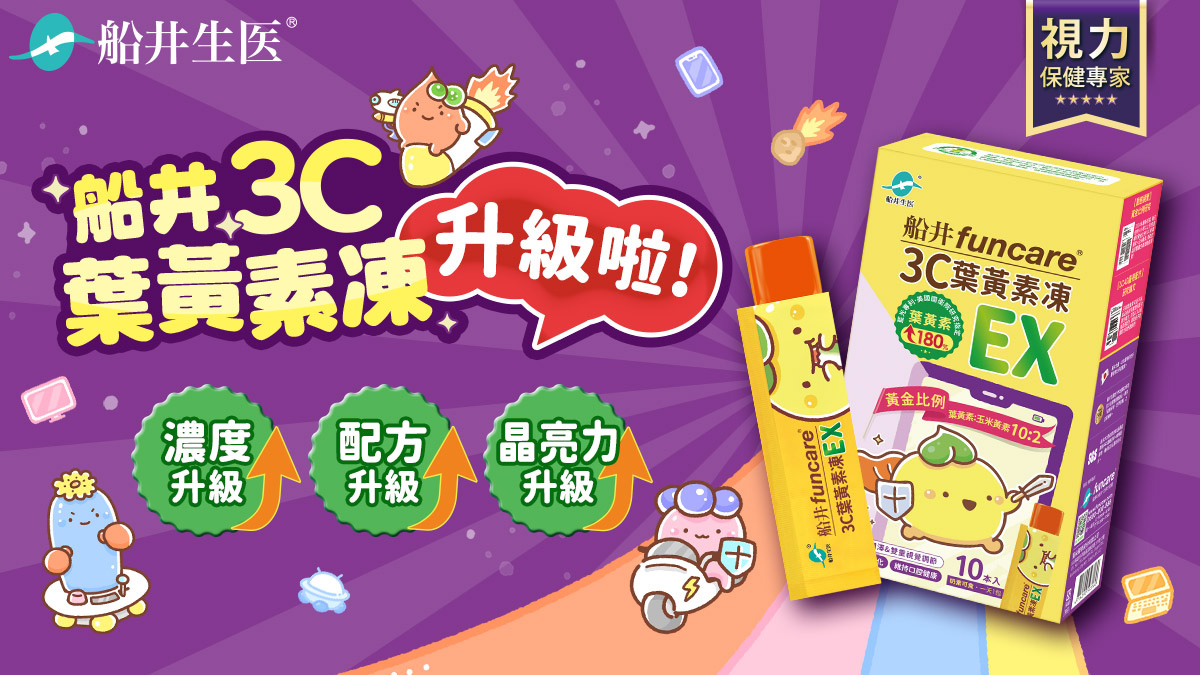close
當看/找不出有無細菌感染時 : NLCR, Procalcitonin
* Take home points on sepsis and septic shock *
- Calculate NEWS to detect subtle cases of occult septic shock.
- Less saline, more Ringer’s, even if acute heart failure, especially in renal failure and severe acidosis.
- Norepinephrine whenever MAP < 65 : Earlier rather than later.
Do not delay vasopressors when blood pressure does not respond to volume or if volume overload seems likely.
- Early antibiotics (within 1hr of the diagnosis rather than 1 hour of arrival at ED),
given over 5 minutes (except vancomycin over 30 minutes), chosen wisely according to local antibiograms.
- Use a combination of MAP, GCS, Urine output, Initial lactate, Capillary refill time, POCUS IVC
to guide initial fluid resuscitation, individualized to each patient.
- If the lactate is rising despite resuscitative efforts call your intensivist. Early to ICU is preferable,
but remember that capillary refill time may be as good, or even better than lactate at guiding resuscitation.
- Consider vasopressin and hydrocortisone if a MAP of 65 cannot be maintained with 35mcg/min norepinephrine
and ongoing fluid resuscitation. Patients with refractory septic shock for at least 6 hours may have a mortality benefit
from the combination of hydrocortisone and fludrocortisone.
Ep 122 Sepsis and Septic Shock – What Matters from EM Cases Course
1. Infection focus + Right Anti
用對抗生素, 其他都是 Supportive care
Timing of antibiotic administration in sepsis and septic shock :
Rather than aiming for antibiotic administration within 1 hour of arrival at the ED,
our expert recommends to aim for antibiotic administration within 1 hour of the diagnosis being made.
2. Control hemodynamic : NS or LR
應避免使用澱粉類 (Starch) 與高氯輸液
若需要大量輸液可再加上 Albumin
小心大量 NS 會造成 Hyperchloremic acidosis
Resuscitation with crystalloids requires two to four times more volume than colloids
Recommends Ringer’s Lactate as the initial resuscitation fluid of choice in sepsis and septic shock
because NS is thought to be associated with worsening hyperchloremic metabolic acidosis
Among critically ill adults, the use of balanced crystalloids for intravenous fluid administration
resulted in a lower rate of the composite outcome of death from any cause,
new renal-replacement therapy, or persistent renal dysfunction than the use of saline.
Balanced Crystalloids versus Saline in Critically Ill Adults 2018 NEJM
Balanced crystalloids, such as lactated Ringer’s solution
只有 GI losses due to vomiting or from urinary excretion due to diuretics,
there may be an advantage to 0.9% sodium chloride rehydration.
Initial fluid resuscitation should be enough to keep the MAP ≥ 65 while end-organ perfusion is maintained
(Adequate urine output, Level of awareness, Capillary refill and decreasing lactate)
- POCUS IVC width and collapsability
- End tidal CO2, pulse pressure variability and passive leg raise test to assess fluid responsiveness
最新 SSC 指引建議 Norepinephrine 為優先選擇
低劑量 Vasopressin 為第二選擇 (Vasopressin dosing 0.03-0.04 units/min)
Levophed 為 Septic shock 第一線
更能提升平均動脈壓, 並且較少影響心跳與心搏量
若不足才加上 Vasopressin or epinephrine
Dopamine 會造成心跳過快
所以只用於 Tachyarrhythmia risk 非常低
或 Absolute or Relative bradycardia 者
到底水要掐到何時才上升壓藥 ?
似乎近年又有 Early vasopressor 趨勢
There is no need to wait for 2-3L of crystalloid to go in with Levophed
Early initiation of norepinephrine is septic shock is preferable, although large RCTs are pending.
A central line is not a priority in the early resuscitation phase.
使用血管收縮藥品的時機
起始復甦 (30 mL/kg) 後, 當中央靜脈壓力足夠
但血壓 (尤其平均動脈壓 MAP) 仍未達目標時
第一線血管收縮藥品為 Norepinephrine
第二線藥品為 血管張力素 Vasopressin
加上第二線血管收縮藥品時 (對於輸液和升壓劑都反應不佳)
可同時考慮加上 Hydrocortisone, 建議劑量為 200 mg/day
打之前先驗 Cortisol
沒有休克的嚴重敗血症, 使用類固醇並不能降低死亡率
因此 SSC 建議敗血性休克且經過復甦, 使用血管收縮藥品仍未達目標, 考慮使用類固醇
如果都上了還是沒有達到目標
可以考慮的第三線藥品 Epinephrine
Administering steroids for :
1. Vasopressor refractory shock (patient remains in shock despite norepinephrine 0.5mcg/kg/min)
2. Patients who are taking steroid medications at baseline
3. Patients with concomitant adrenal suppression
沒有休克的 Sepsis 病人不要使用類固醇
有休克才有逆轉休克的問題
Low-tidal volume ventilation therapy :
避免肺泡受傷, 已證實可以降低 ARDS
日間中斷 (daily interruption) 鎮靜安眠藥品
對嚴重敗血症病人是有幫助的
主張適當使用減少使用不必要的鎮靜安眠藥品
不同機轉的鎮靜安眠藥品 dexmedetomidine
也在研究中被證實相較於傳統的midazolam & propofol
可以顯著縮短使用呼吸器時間, 且達到鎮靜安眠目標的比例並沒有比較差
血糖控制目標仍然以 <180 mg/dL 就好的原則
再視病人特性決定個人化目標
當組織灌流不足之表現已經改善時
若無心肌缺氧, 嚴重低血氧, 或急性出血, 建議 Hb < 7.0 才需輸 RBC
若無出血或預定進行侵入性處置, 不建議預防性的 FFP 來矯正凝血功能異常
血小板 :
a) 若無明顯出血, 血小板< 10000/μL 時應預防性的輸血小板
b) 有明顯的出血風險, 血小板< 20000/μL 時應輸血小板
c) 如果病人正在出血, 預定接受手術或侵入性處置, 建議維持血小板≥ 50000/μL
對於灌流不足所引起的乳酸性酸中毒
若 pH ≥ 7.15, 不建議為了改善血壓或減少升壓劑的需求
而給予 sodium bicarbonate 治療
若無禁忌症, 建議使用 UFH 或 LMWH 來預防靜脈血栓
對於有 GI bleeding risk 之敗血症及敗血性休克病人
建議應給予壓力性潰瘍之預防
Sodium Bicarbonate
Bicarbonate administration shifts the oxygen hemoglobin dissociation curve to the left,
impairs tissue unloading of hemoglobin-bound oxygen, and may worsen intracellular acidosis.
However, despite no definitive clinical trials supporting benefit but perhaps harm,
many clinicians remain uncomfortable withholding bicarbonate if the pH is < 7.00.
Bundle care 1hr bundles 取代過去的 3hr and 6hr bundles
- 每 2-4 小時 驗 Lactate level 直到正常
- Blood cultures
- 廣效抗生素
- 3 小時內給完 Crystalloid fluid 30 ml/kg
- 升壓劑維持 MAP ≥ 65 mmHg
~ Vital signs, cardiopulmonary, capillary refill, pulse,
and skin findings
~ Measure CVP
~ Measure ScvO2
~ Bedside cardiovascular ultrasound
~ Dynamic assessment of fluid responsiveness
with passive leg raise or fluid challenge
Resuscitation endpoints
A goal-directed approach of mean arterial pressure >65 mm Hg, central venous pressure of 8 to 12 mm Hg,
Scvo2 >70%,Mand urine output >0.5 mL/kg/h during ED resuscitation of septic shockMhas been shown to decrease mortality.
文章標籤
全站熱搜


 留言列表
留言列表


